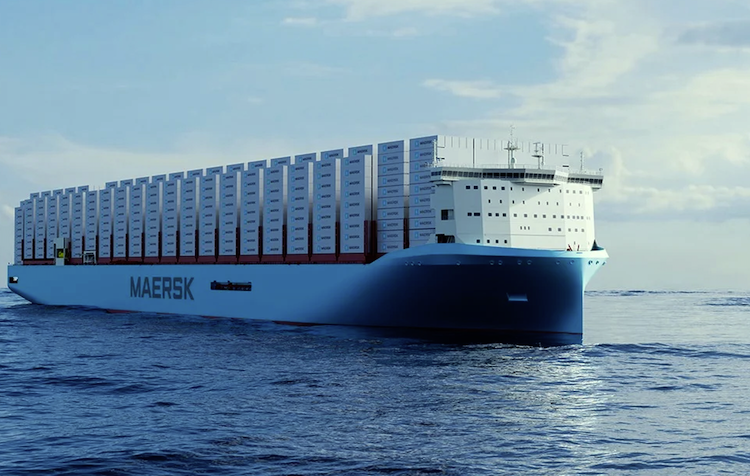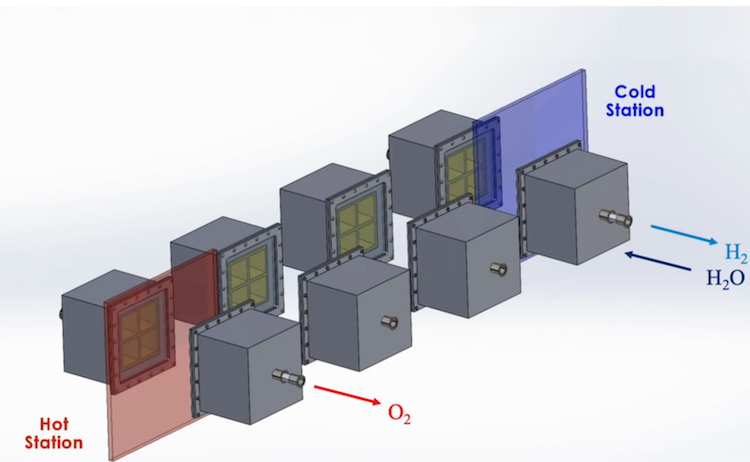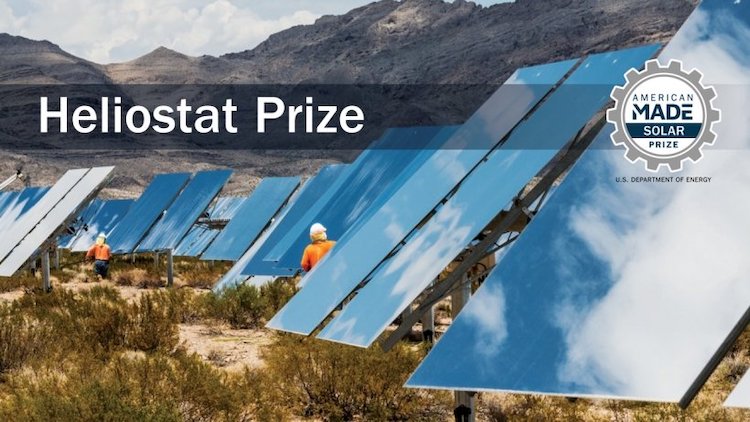
Storage tank failure has long bedeviled the oil and gas industry. But there the liquids are not stored at such high temperatures as for concentrated solar thermal energy, with its daily cycling form hot to hotter
Today’s commercial Concentrated Solar Power (CSP) technology depends on thermal energy storage of an extremely high-temperature liquid in huge outdoor tanks. These tanks hold thousands of tons of extremely hot molten salts, a liquid that cycles between 300°C and 600°C every morning and evening as it heats and cools each day.
One of the failure mechanisms in thermal energy storage tanks has been isolated, and an alternative steel from Outokumpu, with the support of Vast, has passed initial testing conducted by the Colorado School of Mines
The industry standard metal for these tanks has been a type of austenitic stainless steel, 347H. However, alloy 347H has been involved with high-profile failures.
The failures are due to how the steel and the welds behave under thermal cycles in high temperature service conditions. During service, under certain stress and temperature conditions, some alloying elements migrate to the grain boundaries, causing a concentration of brittle precipitates. Meanwhile, there is local strain accumulation near these brittle features, leading to fracture during stress relaxation. The phenomenon is known as stress relaxation cracking (SRC).
“Diagnosing stress relaxation cracking in real project failures is very challenging,” said Kurt Drewes, the CTO at Australian firm Vast.
While performing live failure tests in commercial projects is impossible, the Colorado School of Mines has run tests on 347H steel in the lab to simulate real-life conditions and understand the causes of failures. They showed that welds in 347H stainless steel fail due to SRC. Post-weld heat treatment (PWHT) can theoretically alleviate some of this tendency, but it could be practically challenging due to the scale of the tanks used in CSP.
The different stainless steel formulation is Therma 4910
When all experience in an industry has been built around a single material, it is very hard to go back and say the CSP industry must find a more resilient alternative given these storage tank failures. But that is what Vast, Outokumpu and the Colorado School of Mines say the industry must do, and this consortium has investigated, found, and now demonstrated a more resilient stainless steel grade for molten salt thermal energy storage tanks.
“The logical answer is to try and find a material that you don’t need to have PWHT to achieve structural integrity. And that’s what testing of this new steel formulation has shown; that this is possible,” said Drewes.
Led by the Colorado School of Mines, Vast has now tested Therma 4910, or known as 316LNB, an alternative stainless steel formulation supplied by one of the world’s major steel producers, the Finnish firm Outokumpu.

An older formula from the Finnish high temperature stainless steel firm Outokumpu, has now proved successful in preventing thermal storage tank failure at the welding joints
“Of course, some other steels don’t tend to have stress relaxation cracking, but they have only 75% of the creep and fatigue strength. This formulation has similar or even better creep and fatigue properties than 347H and, critically, no propensity for stress relaxation cracking, according to the test results” added Bruce Leslie, who heads up product development at Vast.
This alternative steel formulation is slightly more alloyed and more costly to produce than the traditional material, but the additional cost is minimal given the improved reliability it offers. Indeed, the reputational cost of thermal energy storage tank failures is so great that Vast feels an urgency to let the entire industry know of the new option in material choice.
A steel used in the past is key to reducing storage tank failure
“This formulation is actually not a new material that’s just been created,” Leslie noted.
“It was developed in the ‘90s for coal-fired power plants. There had been a massive push to go to very high temperatures and pressures in coal-fired plants. So 316LNB was used quite frequently, but then the coal industry lost interest in committing to high-temperature operation. However, there is a huge amount of test data and information about it. It’s a material with a long track record.”
Switching to this different tank material has become even more urgent today, given CSP is increasingly used to provide heat for industrial processes and solar fuels. While CSP might only be asked to generate solar power till bedtime at up to 600°C, these industrial processes must guarantee steady heat production around the clock and at even higher temperatures of up to 1,500°C.
Tested successfully at the Colorado School of Mines
The Colorado School of Mines has now performed the same preliminary testing on the new Therma 4910 steel as they did on the old 347H stainless steel formula. The initial testing has shown that the new formulation is more resilient against SRC, and they will present their findings at the SolarPACES Conference later this year in Rome.
“We knew of the previous tests with 347H, and we thought it’s appropriate to rerun those same tests on the new material,” said Drewes.
“It’s a test related to the structural failure of the materials and what happens at elevated temperatures during service at the welded joint. We welded the material and simulated the in-service temperature and stress effects on the material in laboratory tests. What they show is that Therma 4910 has not exhibited SRC with the same laboratory conditions as 347H. It has a low level of carbon and increased nitrogen and boron, which give it the optimum combination of properties. We believe this is the preferred material for the CSP industry going forward.”
Vast and Outokumpu, funded the testing in partnership with their construction partner, CyD.
Drewes noted that: “We’ve got a strong interest in delivering reliable tanks and Outokumpu, who proposed the specific materials for this application, are keen to promote the use of high-temperature steel capabilities. They can meet these demanding requirements, and they believe in the future of thermal energy storage is a necessary component of the energy transition.”
Vast Solar’s fix for tank leaks that stymied the first Tower CSP
Vast Solar Consortium Patents Flexitank; Prevents Thermal Storage Leaks
Solar furnace to melt steel at 2000°C for Swiss recycler Panatère













































